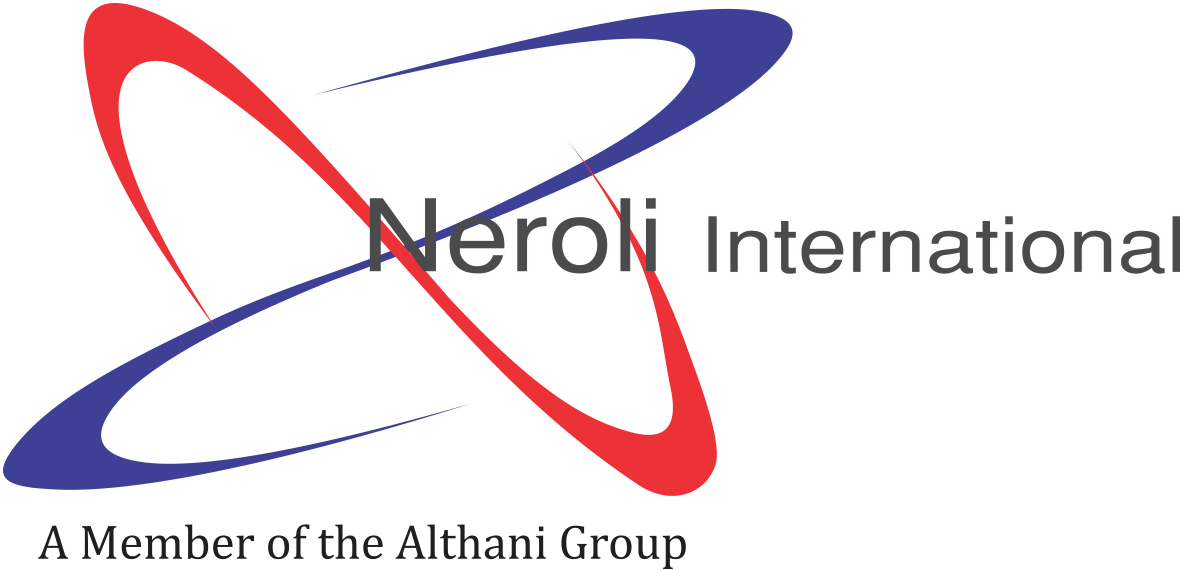
Mali
Localisation : Afrique de l’Ouest
Capitale : Bamako
Population : Environ 21 millions d’habitants
Langue officielle : Français
Monnaie : Franc CFA de l’Afrique de l’Ouest (XOF)
PIB (2023) : 19 milliards de dollars (estimés)
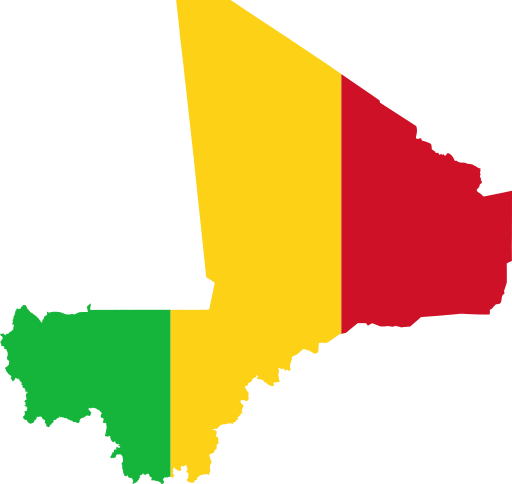

Or
Aperçu : Le Mali est le troisième producteur d’or en Afrique, après l’Afrique du Sud et le Ghana. L’or est de loin sa ressource la plus précieuse.
Le secteur aurifère malien reste la principale source de revenus d’exportation du pays, grâce à des acheteurs internationaux établis, notamment en Europe et en Asie. Les partenariats stratégiques avec des compagnies minières multinationales, telles que Barrick Gold et Resolute Mining, garantissent la présence continue de l’or malien sur le marché mondial.
Principales zones minières : Sadiola, Loulo, Morila et Yatela.
Production : L’or représente plus de 75 % des revenus d’exportation du Mali, avec une production annuelle moyenne de 60 à 70 tonnes métriques.
Impact économique : L’industrie aurifère contribue de manière significative à l’emploi, aux revenus en devises étrangères et aux recettes de l’État.
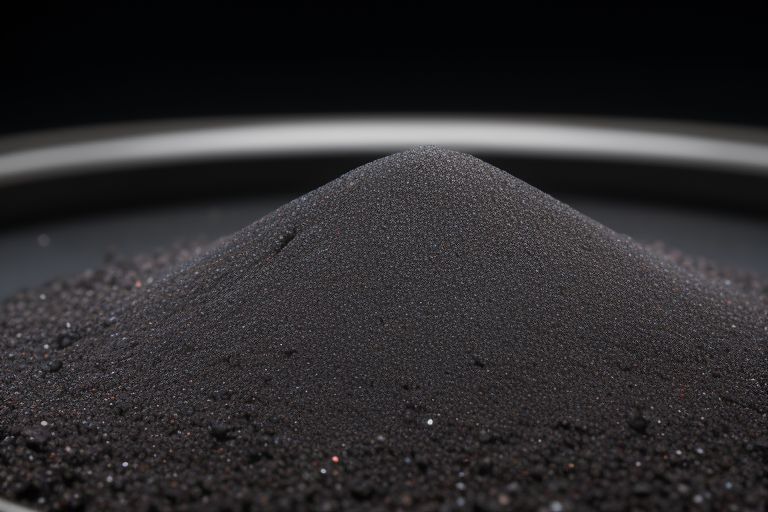
Phosphates
Aperçu : Le Mali dispose de gisements importants de phosphates, notamment dans la vallée de Tilemsi.
Potentiel d’exportation : Les phosphates sont principalement utilisés pour la production d’engrais, un élément crucial pour le développement agricole du Mali et pour l’exportation vers les marchés régionaux

Lithium
Aperçu : Le secteur du lithium au Mali prend de l’importance, avec des gisements situés dans la région de Bougouni.
Avec la transition mondiale vers des énergies plus vertes, les dépôts de lithium du Mali placent le pays comme un acteur potentiel sur les marchés des batteries et des véhicules électriques. Ce secteur pourrait devenir clé si des investissements et des infrastructures adéquats sont mis en place.
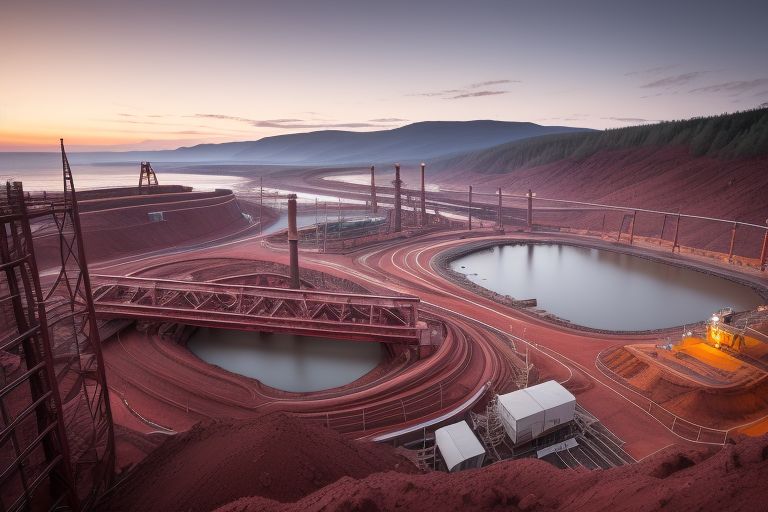
Minerai de fer
Aperçu : Le Mali dispose de grandes réserves de minerai de fer, notamment dans les régions de Bale et Djidian.
Défis : Le manque d’infrastructures adéquates (comme les chemins de fer et les ports) et les défis politiques freinent les exploitations commerciales à grande échelle.
Potentiel : Avec le développement des infrastructures et des investissements étrangers, le minerai de fer malien pourrait devenir un produit d’exportation clé à l’avenir.
a key export product in the future.
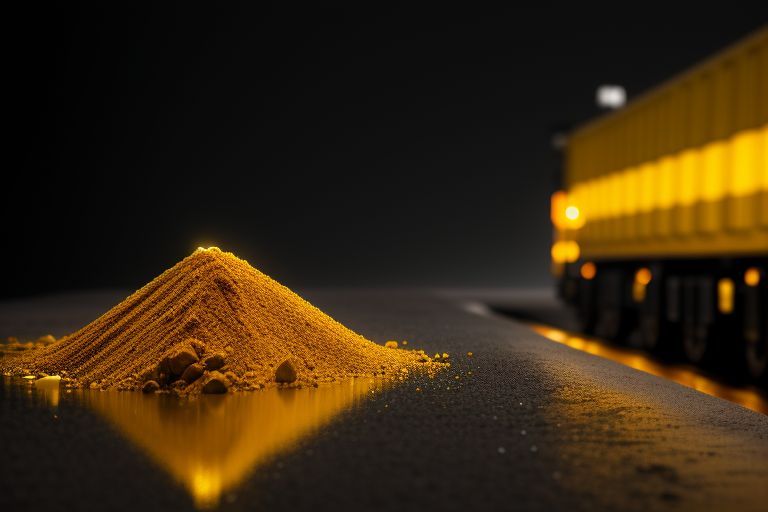
Uranium
Aperçu : Le Mali possède des gisements d’uranium, notamment dans les régions du nord du pays.
Potentiel d’exportation : L’uranium offre un potentiel d’exportation important sur le marché mondial de l’énergie, en particulier pour la production d’électricité nucléaire. Cependant, l’instabilité politique et la nécessité de technologies avancées retardent son exploitation.

Bauxite
Aperçu : Le Mali possède également des gisements de bauxite, principale source d’aluminium. Cependant, ces gisements restent largement inexploités.
Défis : Les infrastructures insuffisantes et l’accès limité aux marchés constituent des obstacles majeurs à l’exploitation des réserves de bauxite
Potentiel d’exportation et croissance économique:
Le Mali, situé en Afrique de l’Ouest, possède une économie diversifiée qui repose principalement sur l’agriculture et l’exploitation minière. Le pays est riche en ressources naturelles, notamment en minerais, et dispose d’un potentiel d’exportation important grâce à ses abondantes réserves d’or et autres minerais. Le secteur minier malien constitue un moteur majeur de croissance économique.
L’adhésion du Mali à la Communauté économique des États de l’Afrique de l’Ouest (CEDEAO) lui permet d’accéder aux marchés régionaux pour ses ressources minières. Par ailleurs, les partenariats avec des investisseurs internationaux, en particulier en provenance de la Chine et d’autres économies asiatiques, pourraient accélérer le développement des opérations minières.

